Astronomy
-
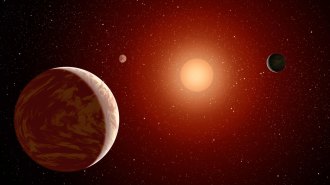 Astronomy
AstronomyHow tiny red stars can test ideas about the origin of life
A survey of ultracool dwarf stars finds they don’t emit enough UV light to kick-start life, but they could reveal other ways for life to get going.
-
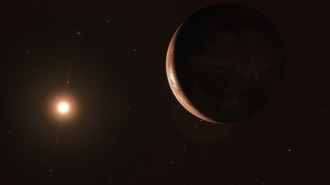 Astronomy
Astronomy50 years ago, astronomers challenged claims that Barnard’s star has a planet
Astronomers have been searching for planets around the sun’s close neighbor for decades.
-
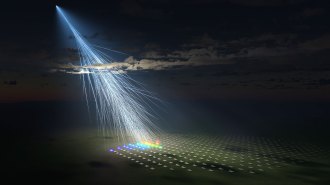 Astronomy
AstronomyA rare, extremely energetic cosmic ray has mysterious origins
In 1991, physicists spotted a cosmic ray with so much energy it warranted an ‘OMG.’ Now that energetic particle has a new companion.
-
 Astronomy
AstronomyA rare glimpse at a relatively nearby supernova offers clues to how stars die
Thanks to its home in the Pinwheel galaxy, a favorite of amateur astronomers, researchers have monitored SN 2023ixf since shortly after it exploded.
By Elise Cutts -
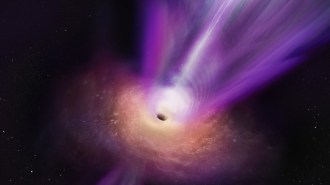 Astronomy
AstronomyThe black hole–powered jet in galaxy M87 is making stars explode
Hubble Space Telescope data show a surprising number of nova blasts along the jet of high-speed gas coming from the galaxy M87.
By Ken Croswell -
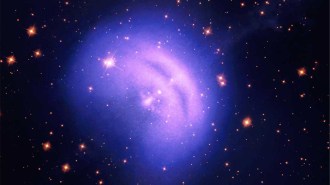 Physics
PhysicsVela’s exploded star is the highest-energy pulsar ever seen
A spinning dead star about 1,000 light-years away, in the constellation Vela, raises questions about how pulsars can emit such extreme radiation.
-
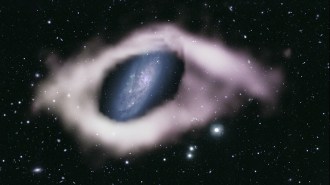 Astronomy
AstronomyThis ‘polar ring’ galaxy looks like an eye. Others might be hiding in plain sight
New images of two galaxies reveal what look like rarely seen rings of hydrogen gas nearly perpendicular to the galaxies’ starry disks.
By Elise Cutts -
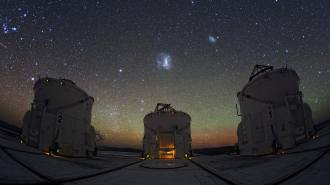 Astronomy
AstronomyAstronomers call for renaming the Magellanic Clouds
Explorer Ferdinand Magellan is not a fitting namesake for the pair of satellite galaxies of the Milky Way, a group of scientists argues.
-
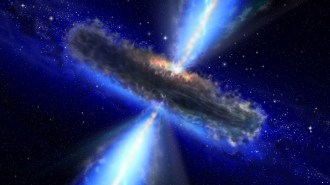 Astronomy
AstronomyActive supermassive black holes may be rarer than previously thought
A dearth of rapidly growing black holes in new James Webb telescope data raises questions about how these behemoths grow and influence their galaxies.
-
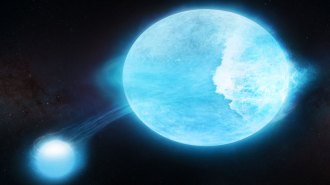 Astronomy
AstronomyThis extreme star might have huge tidal waves
Gravitational forces between two orbiting stars might be creating huge waves of plasma on one of the stars that break and crash to the surface.
By Liz Kruesi -
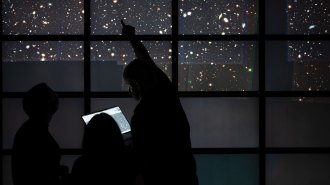 Astronomy
AstronomyJWST’s hunt for distant galaxies keeps turning up surprises
In its first year, the James Webb Space Telescope has found many galaxies from the early universe that are bigger, brighter and more mature than expected.
-
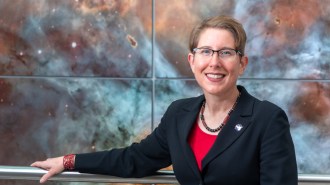 Astronomy
AstronomyMeet Jane Rigby, senior project scientist for JWST and advocate for LGBTQ+ astronomers
Rigby, senior project scientist for the James Webb Space Telescope, believes being part of the LGBTQ+ community has made her a better astronomer.